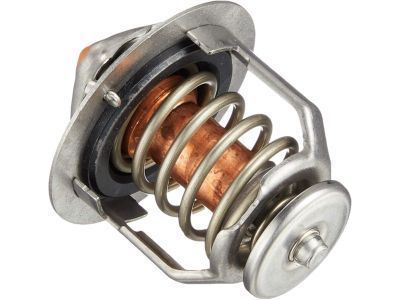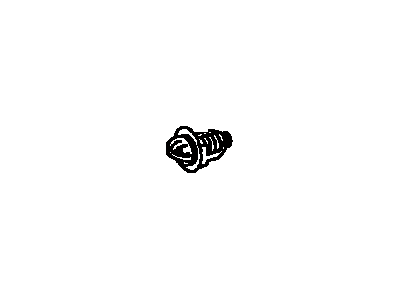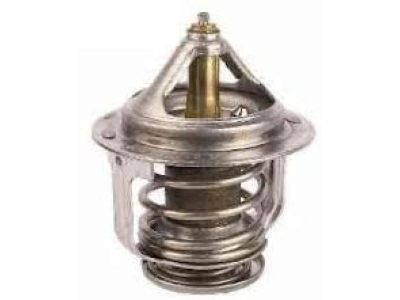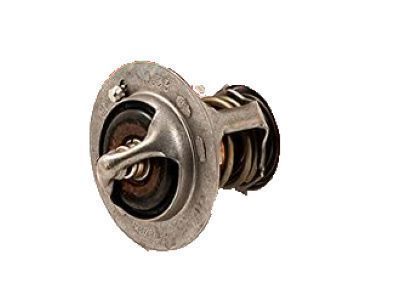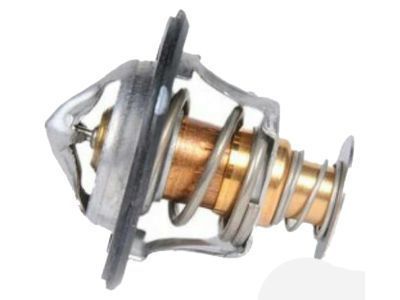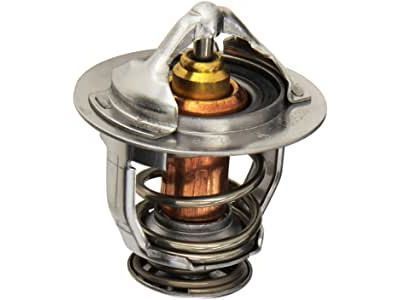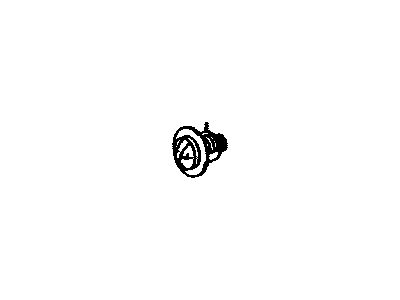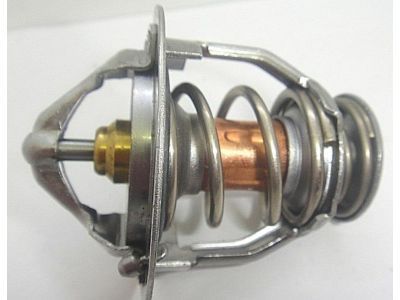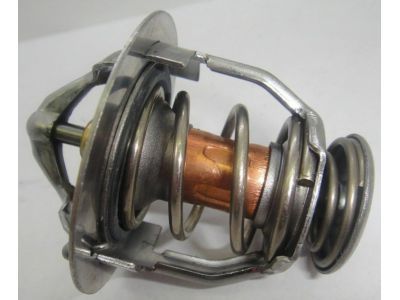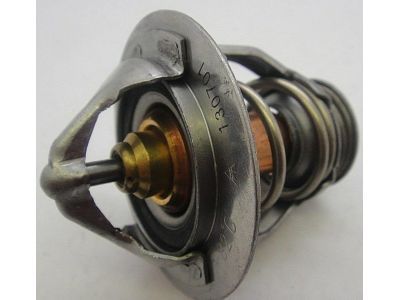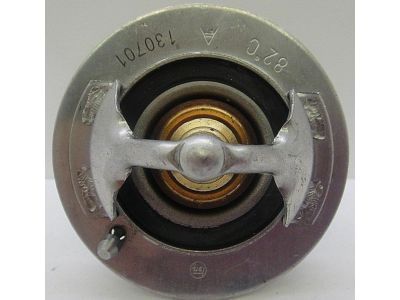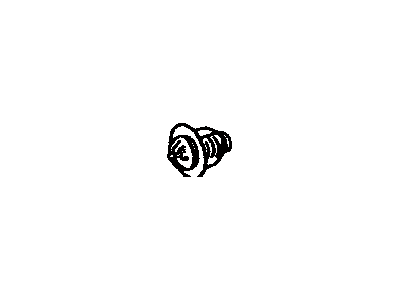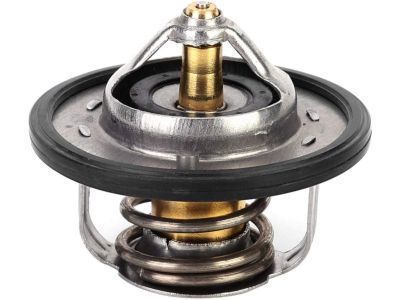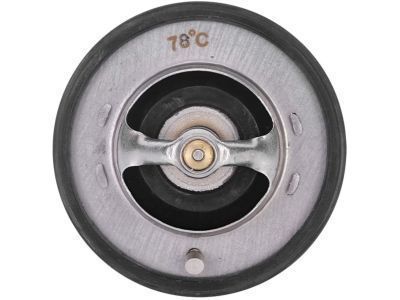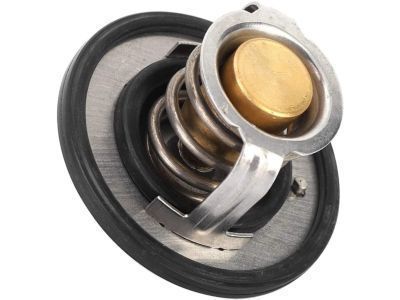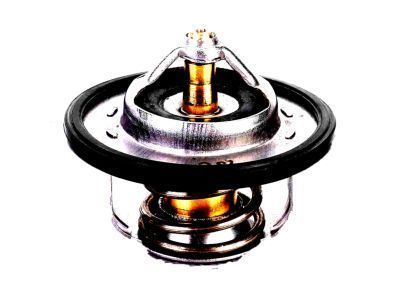

My Garage
My Account
Cart
Genuine Toyota Solara Thermostat
Engine Coolant Thermostat- Select Vehicle by Model
- Select Vehicle by VIN
Select Vehicle by Model
orMake
Model
Year
Select Vehicle by VIN
For the most accurate results, select vehicle by your VIN (Vehicle Identification Number).
5 Thermostats found
Toyota Solara Thermostat
Part Number: 90916-03129$22.60 MSRP: $31.59You Save: $8.99 (29%)Ships in 1-3 Business DaysToyota Solara Thermostat
Part Number: 90916-03090$27.48 MSRP: $38.41You Save: $10.93 (29%)Ships in 1-3 Business DaysToyota Solara Thermostat
Part Number: 90916-03136$28.07 MSRP: $39.24You Save: $11.17 (29%)Ships in 1-3 Business DaysToyota Solara Thermostat
Part Number: 90916-03125$22.72 MSRP: $31.75You Save: $9.03 (29%)Ships in 1 Business Day
Toyota Solara Thermostat
This paper focuses on the description of the Toyota Solara Thermostat that is a significant part of the car's cooling system often placed close to the radiator. The main role of the radiator is to cool the engine to the required temperature during its operation. Thermostats are categorized as closed-loop control systems due to the fact that they measure and regulate temperature set point in homes and industries. Different sorts of thermostats even in the past and present include the mechanical thermostat such as bimetallic strips and wax pellets and the pneumatic thermostats which utilize air full control tubes. Through such developments, systems in automobiles have been made to operate competently in their ability to control temperature thereby improving on comfort and effectiveness.
If you are in demand for superior quality and affordable OEM Toyota Solara Thermostat, then shop with us! We own a wide range of the reduced-priced genuine Toyota Solara Thermostat. You can purchase in confidence as all parts come with a manufacturer's warranty. Any issues with our products? No need to worry as we have a hassle-free return policy to guide you every step of the way.
Toyota Solara Thermostat Parts Questions & Experts Answers
- Q: How to diagnose and replace a faulty thermostat in a cooling system on 1997 through 2001 Toyota Solara?A:Before assuming the thermostat is the cause of a cooling system issue, perform a general check by examining the coolant level, drive belt tension, and temperature gauge or light operation. If the engine takes a long time to warm up or the thermostat is stuck open, replace it with a new one. To further test the thermostat, remove it from the vehicle and suspend it in cold water using a string or wire. Heat the water while observing the thermostat and note the temperature at which it begins to open and when it is fully open. Compare these temperatures to the specifications. If the thermostat fails to open or close as specified, or if it sticks in any position, it should be replaced. To remove the thermostat, disconnect the negative battery cable, drain the coolant, and detach the radiator hose or water inlet pipe. Remove the water inlet pipe on four-cylinder models or unbolt it on V6 models. Remove the fasteners and electrical connectors from the thermostat housing, detach the housing from the engine, and remove the thermostat while noting its installation direction. Clean the sealing surfaces thoroughly. During installation, ensure a new gasket is evenly fitted onto the thermostat, position the thermostat and housing with the jiggle pin at the highest point, tighten the housing fasteners to the specified torque, and reinstall the remaining components in reverse order. Refill the cooling system and, for V6 models, bleed any air from the system. Run the engine, check for leaks, and verify proper operation.
